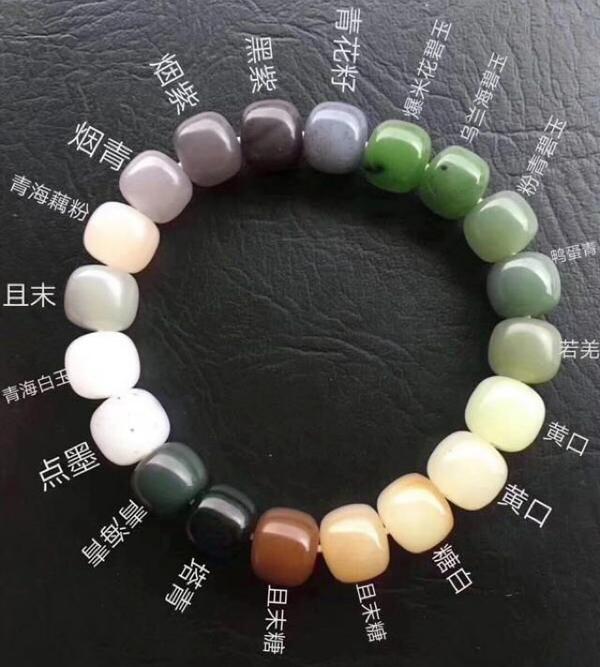Jade being the umbrella term for two distinct minerals that often creates confusion: jadeite and nephrite. Both are revered for their beauty and cultural significance, but they are not the same. Let's explore the key differences between these two captivating gemstones.
Composition:

-
Jadeite Jade: Jadeite is a sodium and aluminum-rich pyroxene mineral. It's known for its vibrant green colors, which can range from emerald to forest green, and even lavender and pink hues. The presence of chromium is responsible for the green shades.

-
Nephrite Jade: Nephrite, on the other hand, is composed of calcium and magnesium. It typically occurs in shades of green, but they are generally more muted and can also include creamy white, brown, or even black variations.
Hardness:
-
Jadeite Jade: Jadeite is slightly harder than nephrite, scoring between 6.5 and 7 on the Mohs scale of hardness. This greater hardness allows for finer carving and polishing.
-
Nephrite Jade: Nephrite has a slightly lower hardness, typically around 6 to 6.5 on the Mohs scale. This makes it a bit tougher but less suitable for intricate carving.
Cultural Significance:
-
Jadeite Jade: Jadeite is highly prized in many Asian cultures, especially in China and Myanmar. It's associated with wealth, longevity, and protection, and it's often used to create exquisite jewelry pieces and artifacts.
-
Nephrite Jade: Nephrite has its own rich history, particularly among indigenous peoples of New Zealand (called pounamu or greenstone) and the Maori culture. It's valued for its spiritual and healing properties.
Geographic Origins:
-
Jadeite Jade: Myanmar (Burma) is renowned for producing some of the world's finest jadeite, known as "Imperial Jade." Other sources include Guatemala, Russia, and Japan.
-
Nephrite Jade: Nephrite is found in various regions, including British Columbia (Canada), New Zealand, Siberia, and parts of Asia.
In summary, while both jadeite and nephrite share a name and a deep-rooted cultural significance, they are distinct minerals with unique properties. Jadeite tends to be more vibrant in color and slightly harder, making it a preferred choice for intricate carvings and high-end jewelry. Nephrite, with its earthy tones, carries its own cultural importance, especially among indigenous communities. Whether you're drawn to the vivid allure of jadeite or the subtle beauty of nephrite, both offer a timeless connection to the world of gemstones and cultural heritage.俗话说翡翠就是玉但是玉不一定是翡翠。As the saying goes, jadeite is jade but jade is not necessarily a jadeite.
